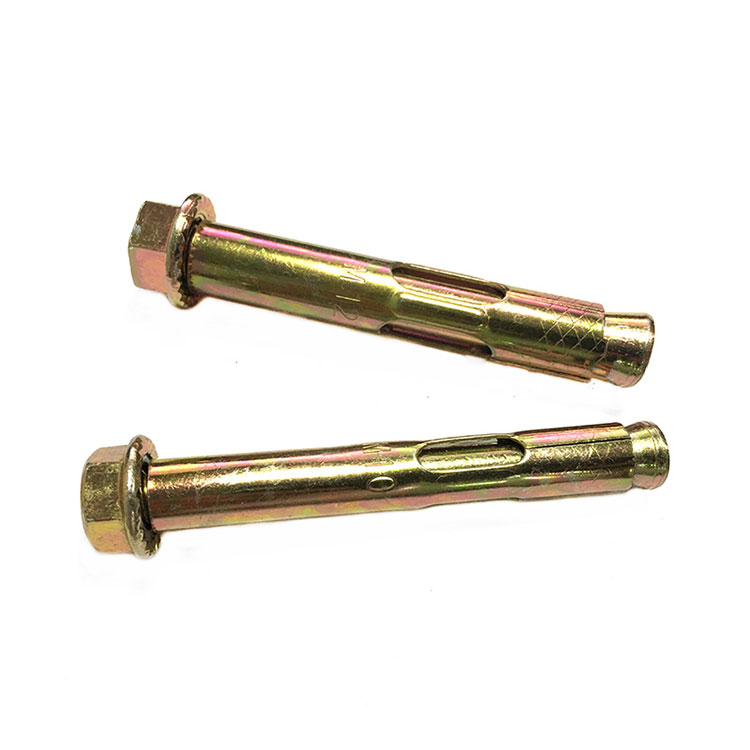The composition of the anchor rod
2024-04-26
Several factors must be present to form an anchor:
1. A rod with a higher tensile strength than the rock and soil mass
2. One end of the rod can be in close contact with the rock and soil mass to form friction (or bonding) resistance
3. The other end of the rod located outside the rock and soil mass can form radial resistance to the rock and soil mass.
The anchor rod is a tensile member that goes deep into the ground. One end of it is connected to the engineering structure, and the other end goes deep into the ground. The entire anchor rod is divided into a free section and an anchoring section. The free section refers to the tensile force at the anchor head that is transmitted to the anchor body. area, its function is to apply prestress to the anchor; the anchor section refers to the area where the cement slurry bonds the prestressed tendons to the soil layer, and its function is to increase the bonding friction between the anchor and the soil layer, increasing The pressure-bearing effect of the anchor transmits the tension of the free section to the depth of the soil.
According to the above definition, the basic structure of the anchor rod is given.



